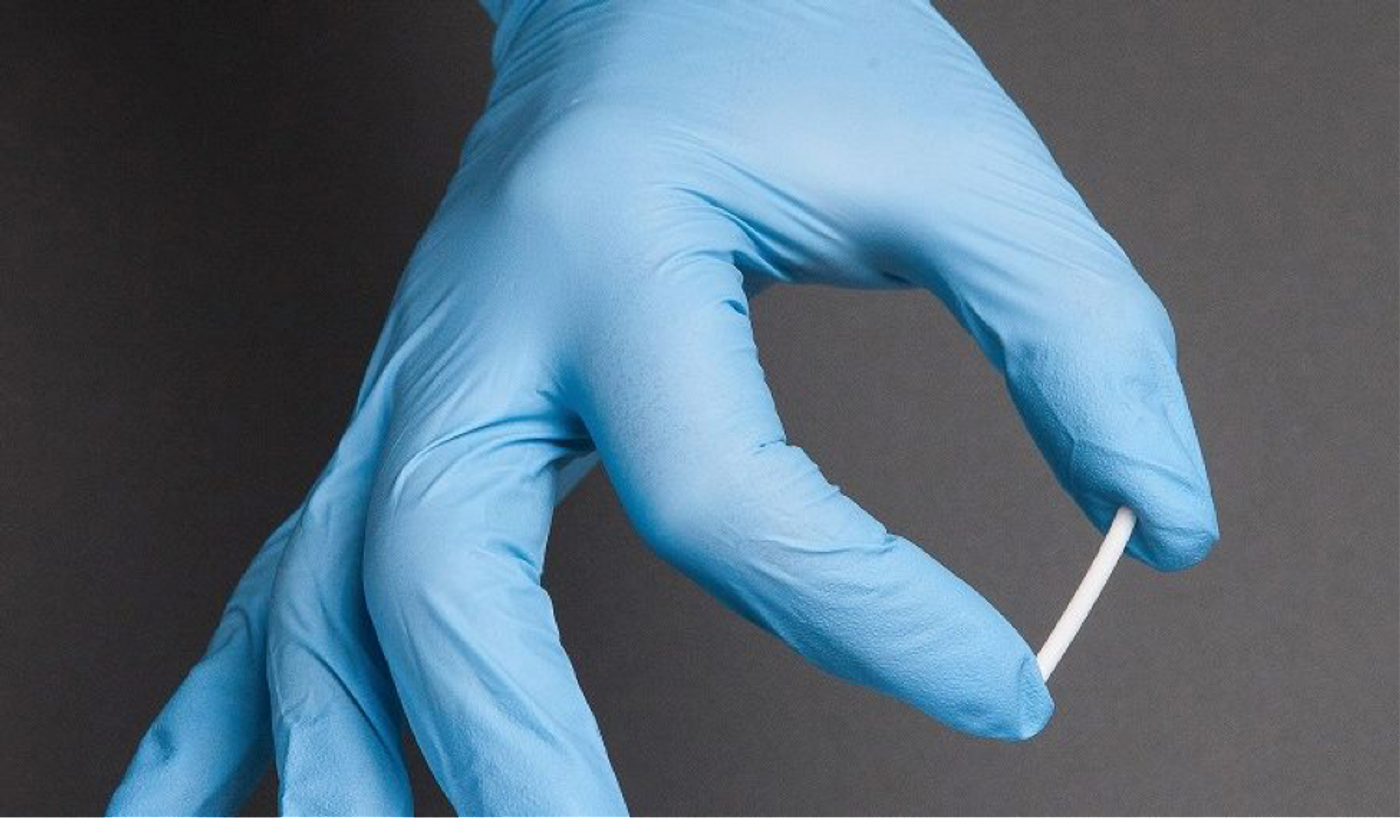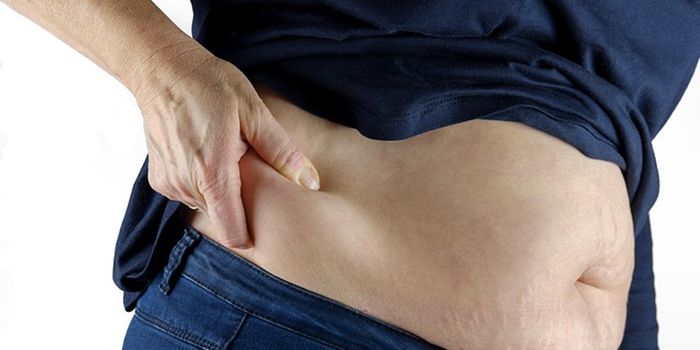It sounds counterintuitive, and possibly illogical: a drug implant to combat the addiction of drugs? But, the U.S. Food and Drug Administration (FDA) recently
approved an opioid implant to help addicts control their cravings and avoid withdrawal symptoms. This device will be the first of its kind for the treatment of opioid dependence, otherwise referred as addiction.

"Opioid abuse and addiction have taken a devastating toll on American families," said Robert M. Califf, FDA commissioner. "We must do everything we can to make new, innovative treatment options available that can help patients regain control over their lives. Today’s approval provides the first-ever implantable option to support patients’ efforts to maintain treatment as part of their overall recovery program.”
According to 2012 data from Centers for Disease Control and Prevention (CDC), about 2 million Americans are addicted to prescription opioids. Addiction dramatically increases the risks for overdose, and the CDC estimates that every 19 minutes, someone dies from exactly that – accidental overdose. "Overdose deaths involving prescription opioids have quadrupled since 1999, and so have sales of these prescription drugs," said the CDC.
As such, one of the public health priorities of the Obama administration has been to reduce the number of prescription opioid and heroin related overdose, deaths, and addiction. The approval of the drug-emitting implant to combat addiction expands the use of medication-assisted treatment options, which were previously criticized for being too inaccessible.
Called Probuphine (brand name Suboxone), the device is a tiny implant that secrets a semi-synthetic derivative of the poppy opioid known as Buprenorphine. But although it is in itself an opioid, it curtails addiction by acting as an agonist on the target receptors and doesn’t elicit the same addictive effects as heroin or methadone. Thus, Buprenorphine works by weaning addicts off of the opioid.
Probuphine will be the first implant device to release Buprenorphine. Previously, the medication was available as a sublingual tablet or film administered once a day. But this is part of the reason why there was such restricted access to the drug – it could by easily misused. The pill could be misplaced, forgotten, or even stolen. With the implant, officials say the risk for misuse or abuse is much lower, since it’s a part of the patient.
"Suboxone is an opioid medication," said Dr. Adam Bisaga, professor of psychiatry at CUMC and researcher at New York State Psychiatric Institute who works closely with heroin addicts. "It can be misused. Some use it intravenously, they inject it, and they have lost control over the medication and are truly addicted. But that's really a small portion of patients. All the evidence shows that this is small."
The FDA also indicated that Probuphine should be used as part of a complete treatment plan, which includes behavioral therapy. In clinical trials, Probuphine along with therapy showed promising results in curbing addiction. During the the half-year treatment, 63 percent of Probuphine-treated patients showed no illicit opioid use.
"Scientific evidence suggests that maintenance treatment with these medications in the context of behavioral treatment and recovery support are more effective in the treatment of opioid-use disorder than short-term detoxification programs aimed at abstinence," said Dr. Nora Volkow, director of the National Institute on Drug Abuse at the National Institutes of Health.
Additional source:
CNN


![WGS for rare disease diagnosis [eBook]](https://d3bkbkx82g74b8.cloudfront.net/eyJidWNrZXQiOiJsYWJyb290cy1pbWFnZXMiLCJrZXkiOiJjb250ZW50X2FydGljbGVfcHJvZmlsZV9pbWFnZV84MmRlM2UyYjA5M2Q3ZTYwOTI3Zjc1YTRjOWU2N2RmMjkzMThjMTJkXzI1MDcucG5nIiwiZWRpdHMiOnsidG9Gb3JtYXQiOiJqcGciLCJyZXNpemUiOnsid2lkdGgiOjcwMCwiaGVpZ2h0IjozNTAsImZpdCI6ImNvdmVyIiwicG9zaXRpb24iOiJjZW50ZXIiLCJiYWNrZ3JvdW5kIjoiI2ZmZiJ9LCJmbGF0dGVuIjp7ImJhY2tncm91bmQiOiIjZmZmIn19fQ==)






